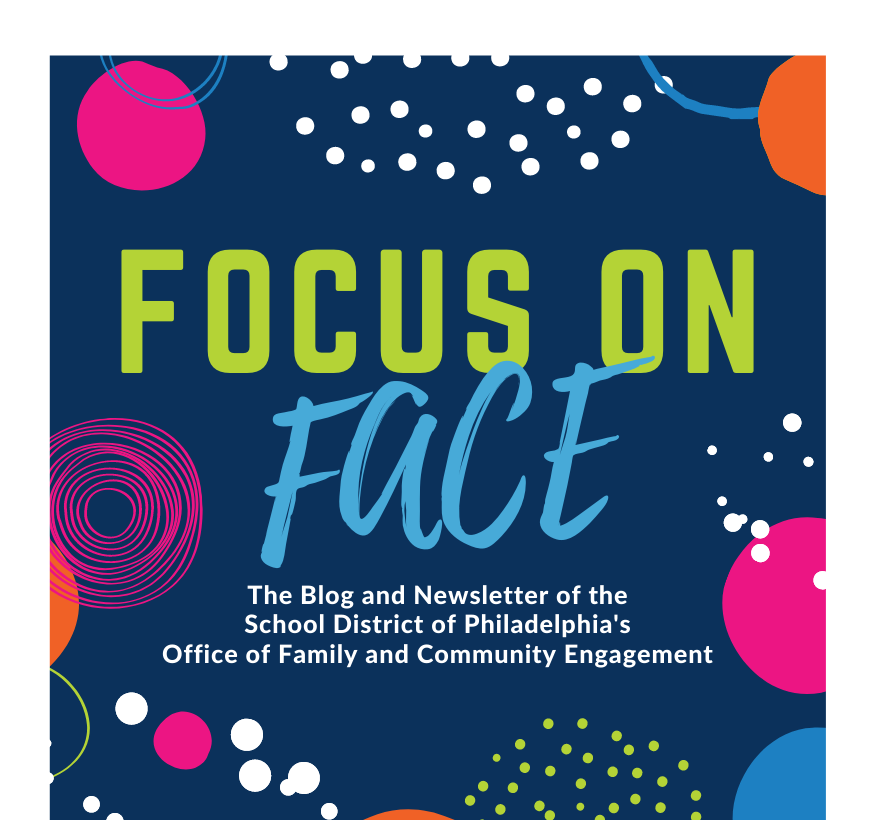
This month, the Office of Family and Community Engagement is launching Family Academy Courses & Trainings (FACT), a new series of courses, workshops, and lectures designed to support and inspire parents and caregivers to become leaders and advocates for their child’s learning, resulting in greater school and community improvement. Given this new initiative to nurture adult education for District families, we wondered what adult education looks like in other countries, so this month, we’ll take a look at Japan!
When we say “adult education” in the United States, it usually means certain classes and training to help adults obtain things like their GED, English classes, or literacy and career skills, to name a few.The United States federal government has no official law or policy about creating adult education opportunities, but many state and local governments do. The U.S. Department of Education’s Division of Adult Education & Literacy rely on these state and local agencies to provide services, and may provide them with the funding to do so if they comply with certain guidelines.
The City of Philadelphia, for example, has an Office of Adult Education. Other local organizations, like museums, libraries, or school districts may also provide adult education as a part of their programming.
Japan’s adult education system is quite different from the U.S. The Japanese Ministry of Education, Culture, Sports, Science, and Technology, referred to as MEXT, states that its goal is to create “a society in which people of all ages, from children to adults, can learn and apply their newfound skills anytime, anywhere.”
The term that is commonly used to describe this approach is lifelong learning, where learning takes place not just in schools and classes, but through sports, hobbies, cultural institutions, and everyday life.

Momochihama Kouminkan, Fukuoka, Japan.
The history of governmental involvement in adult education stems from the aftermath of World War II, when Japan passed and expanded the Fundamental Law of Education, which established structures to support adult education at the national and local level. These laws also promoted the creation of adult education centers, known as kouminkan.
The agency that is now in charge of this work, MEXT, has a Lifelong Learning Policy Bureau, and beginning in 2006, efforts to implement lifelong learning opportunities in Japan became national law.
Although there are still some barriers in the implementation of these efforts, the terms and practices of lifelong learning are pretty well-known and established in Japan. There are over 10,000 kouminkan in Japan where millions of people take classes. The country is determined to make lifelong learning opportunities available to all people, in a wide variety of ways, especially those who may be marginalized or neglected, such as young people, women, and the elderly.
Lifelong learning activities cover a wide range of topics and include, but are not limited to, social and environmental issues, literature, history, botany, health and sports, cooking, sewing, sign language, and foreign language.
Similar to the School District of Philadelphia’s new FACT initiative, many people take lifelong learning courses to improve upon their own education and career readiness, to be as informed about their child’s education as possible, and to gain further skills for raising the next generation.
Sources:
- Ministry of Education, Culture, Sports, Science and Technology – Japan, 2017,
http://www.mext.go.jp/en/. Accessed 18 December 2017. - Ogden, Anthony C. “A Brief Overview of Lifelong Learning in Japan.” Lifelong Language
Learning, special issue of The Language Teacher, vol. 34, no. 6, 2010, pp. 5-13. - Young, K. & E. Rosenberg. “Lifelong Learning in the United States and Japan.” The Lifelong
- Learning Institute Review, vol. 1, no.1, 2006, pp. 69-85.

